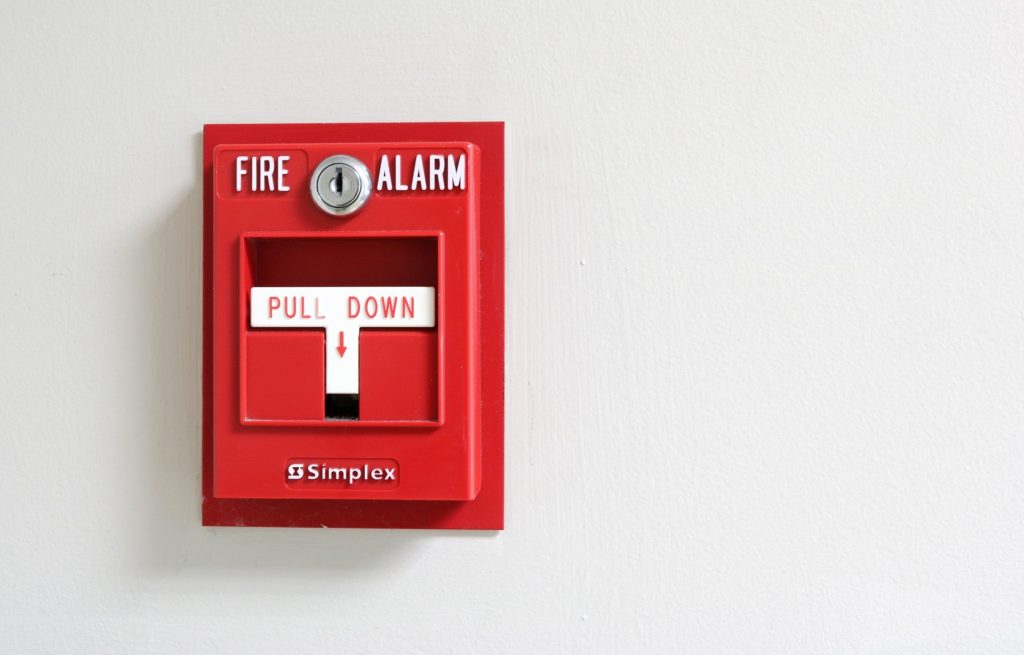Have you put the right policies, procedures and controls in place to achieve the best possible working conditions and workplace health and safety? Here are the top 10 OH&S failings ISO 45001 identifies:
Lack of documented processes
By documenting your OH&S procedures you will be able to ensure you satisfy the requirements of your staff and any other interested parties, particularly in regards to Management responsibility. You should state your intentions and responsibilities in regards to Health & Safety and by doing so you will provide a reference for employees and interested external parties for what they can expect from your Organisation.
Regular reviews of OH&S processes
The best way to check that your OH&S processes and procedures are being correctly followed is by conducting regular internal audits. Appropriate procedures and a schedule for audits should be implemented and the results should be analysed to see if any improvements to your processes can be made.
Define the OH&S Policy
You should have an appropriate OH&S Policy in place which includes a Statement of Intent and details on your Company’s responsibilities, as well as any related arrangements. A policy of this nature should reflect your Organisation’s commitment to continual improvement and compliance with legislation, as well as provide the framework for the setting of Health & Safety Objectives. Your OH&S Policy should be understood by employees, and the procedures should be implemented and maintained at all times.
Set Health & Safety objectives and targets
It is important to set a series of Objectives and Targets that your Organisation aims to achieve in relation to OH&S. These goals can be affected or even defined by legal, financial, operational and business requirements that your Company must follow, or any hazards or risks that employees may encounter. Objectives and Targets should be monitored and reviewed regularly to ensure they are being met.
Communicate Health & Safety measures
It is important that Health & Safety information is communicated within the business – especially if anything changes. Consider using multiple locations such as notice boards, the company handbook or an intranet service. Additional methods of communication include Toolbox Talks, committee meetings, site meetings, etc.
 Implement a Compliance Register
Implement a Compliance Register
Your Organisation should have a Compliance Register or similar document that shows any relevant legislation that must be followed, and the obligations your Organisation has towards these. The Register should be regularly reviewed as part of Management Review process and be updated when required.
Conduct management reviews
Top management should always be involved when it comes to reviewing the information gathered about OH&S. It is important for top management to assess any opportunities for improvement and any needed changes, including updates to the Policy and Objectives.
Utilise incident handling to improve Health & Safety
Whilst many organisations have a process for handling Accidents, it is very rare that this has been utilised as a method for preventing future issues. Incorporating a proactive approach to reporting near misses and reviewing how these could be prevented in future can lead to an improved system and a safer environment.
 Emergency preparedness and response
Emergency preparedness and response
As part of your Company’s emergency preparedness process a Fire Risk Assessment should be performed for the premises. This should be reviewed regularly and adjusted as necessary – especially after changes have been made to the premises. It is also important that these emergency processes be tested with a fire drill, at least once annually.
Prepare Risk Assessments
Risk Assessments should be conducted for all activities performed within your Organisation, regardless of location. For example, companies involved in site works may have already completed Risk Assessments for their project but may not have considered risk for their office premises such as their staff using Display Screen Equipment (DSE).
To help you stay on top of your non-conformances, we’ve created this handy info sheet that you can download.
If you feel like you could benefit from ISO 45001, visit our dedicated web page to find out more, or get in touch with us at 0333 344 3646 or [email protected].
